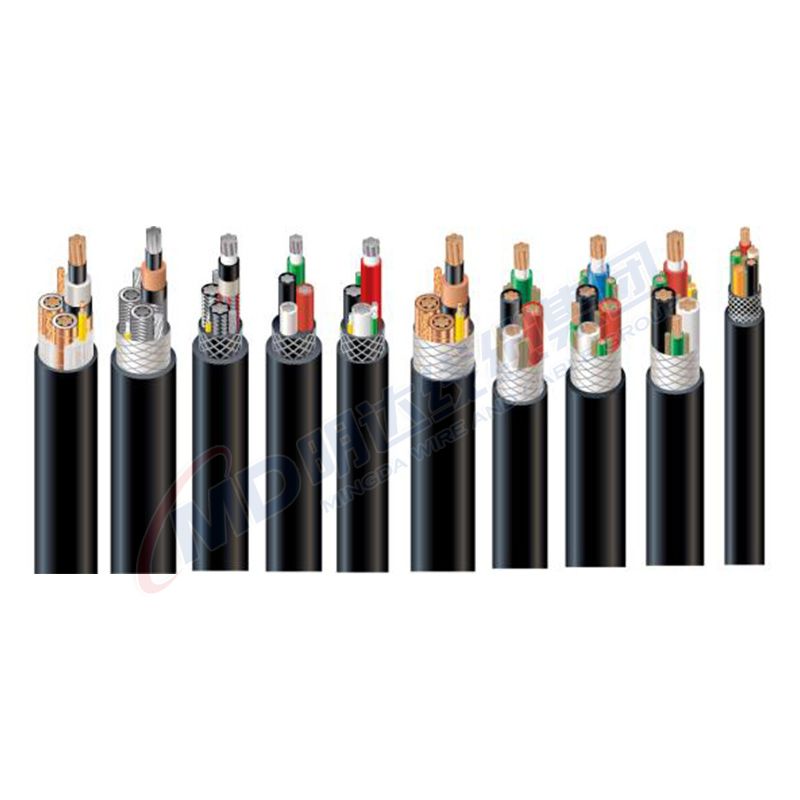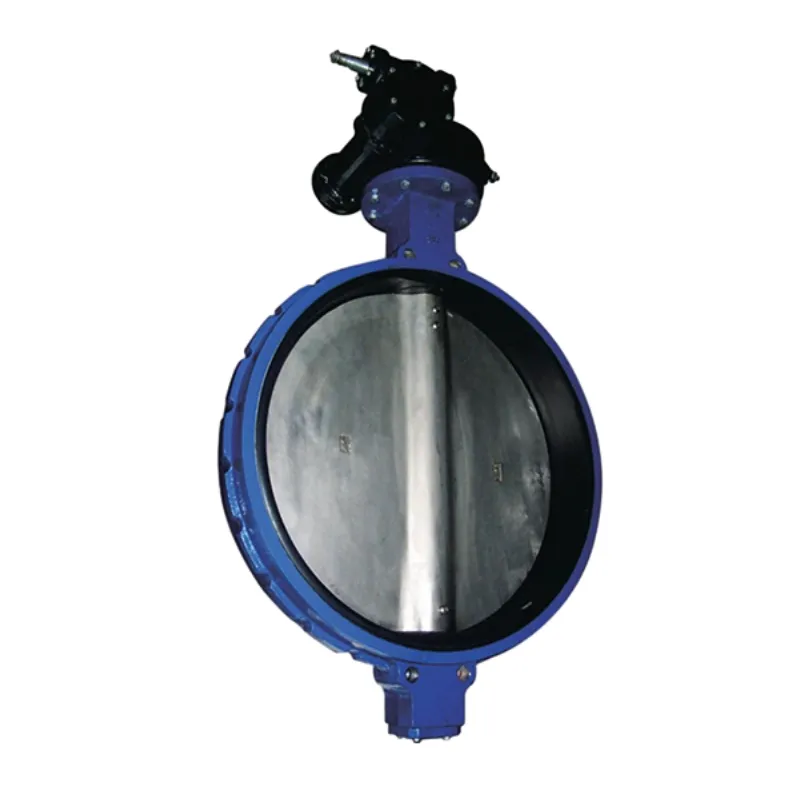ಜನ . 06, 2025 18:47 Back to list
ball type check valve
Choosing the right ball valve is crucial for ensuring optimal performance in any fluid control system. Ball valves, popular for their durability, airtight sealing, and ease of operation, are ubiquitous across several industries, including oil and gas, manufacturing, and water treatment. Despite their seemingly simple functionality, selecting the right ball valve requires careful consideration of various factors that impact long-term efficiency and safety.

In industrial applications, the primary consideration should be material composition. Ball valves are typically made from metals such as stainless steel, brass, or bronze, each offering distinct advantages. Stainless steel valves are highly resistant to corrosion, making them suitable for harsh environments, whereas brass valves offer good malleability and are excellent for non-corrosive applications. Bronze falls midway, providing a balance suitable for marine environments due to its resistance to saltwater.
Beyond material selection, understanding the pressure and temperature ratings is vital. For industries handling high-pressure systems, ball valves constructed with reinforced seats and seals offer additional safety. Temperature ratings should align with the operational environment; failing to match these can lead to premature valve failure or safety hazards. Always consult the manufacturer's specifications to ensure compatibility with your system's parameters.

Ball valve design also plays a pivotal role in their effectiveness. There are several designs, such as full port, reduced port, or V-port, each serving specialized functions. Full port ball valves provide unobstructed flow, ideal for applications requiring maximum throughput. Reduced port versions, though cost-effective, introduce a degree of flow restriction, suitable for less demanding operations. V-port ball valves allow for more precise flow control, advantageous in scenarios where flow regulation is critical.
ball valve
Operational efficiency and ease of maintenance are essential aspects to consider. Opt for valves with robust actuation mechanisms—be it manual, pneumatic, or electric—to ensure smooth operation. Additionally, ball valves with a floating or trunnion-mounted ball design can alleviate operational concerns. Floating ball valves offer reliable sealing in lower-pressure scenarios, while trunnion-mounted designs are beneficial for high-pressure applications, providing additional support to the ball and reducing wear on the seats.
Certifications and compliance are non-negotiable for enterprises aiming to adhere to industry standards. Choose ball valves that meet ASME, ANSI, or API standards to guarantee reliability and performance consistency. Furthermore, working with suppliers who provide detailed documentation and testing records enhances product credibility and aids in regulatory compliance.
In conclusion, the selection of ball valves impacts both the operational lifecycle and safety of your fluid management systems. Leveraging expert knowledge, such as understanding material suitability, design implications, and industry standards, empowers you to make informed decisions. Collaborating with trusted manufacturers can yield insights into innovations and advancements, ensuring your solutions remain at the forefront of industry standards. Investing the time to choose the right ball valve is not merely a matter of purchasing a component but an investment in system integrity and longevity.
Share
-
Reliable Wafer Type Butterfly Valves for Every IndustryNewsJul.25,2025
-
Reliable Flow Control Begins with the Right Ball Check ValveNewsJul.25,2025
-
Precision Flow Control Starts with Quality ValvesNewsJul.25,2025
-
Industrial Flow Control ReliabilityNewsJul.25,2025
-
Engineered for Efficiency Gate Valves That Power Industrial PerformanceNewsJul.25,2025
-
Empowering Infrastructure Through Quality ManufacturingNewsJul.25,2025